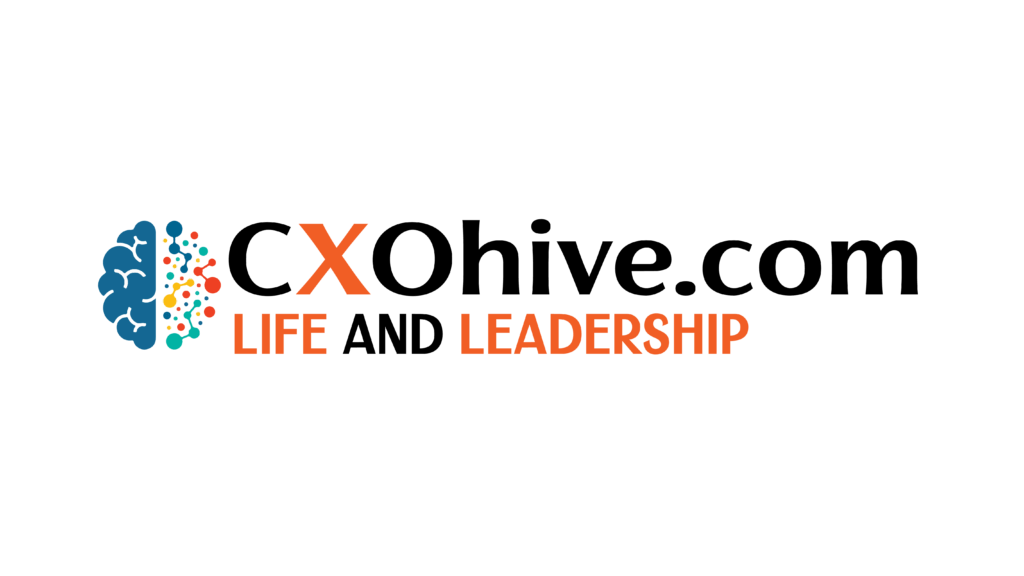
Q (Coach): Welcome, Himanshu! Let’s start by discussing your journey. You’ve had an interesting career trajectory. Can you share some key learnings from your early career experiences?
A (Himanshu Jain): Sure! My career started with a management trainee stint at Britannia, which was quite eye-opening. During the 15-day accounting module, I realized that while I could grasp the concepts, accounting wasn’t something I enjoyed. This self-discovery was crucial as it guided my future career choices. Later, when I had opportunities related to IT, I knew that I couldn’t thrive in a role that required long hours at a desk. Understanding what you enjoy versus what you can do well is vital for making fulfilling career decisions.

Q (Coach): That’s insightful. In our CXO 90-Day Challenge program, we emphasize the importance of purpose-finding. How did you figure out what you do well?
A (Himanshu Jain): I’ve always believed in my ability to excel at whatever I choose to do. However, excelling doesn’t always equate to enjoyment. During my career, I consistently assessed what tasks and roles energized me. For instance, while I was good at accounting, it wasn’t something I enjoyed, and that made a big difference. By focusing on roles that I enjoyed and where I could make a significant impact, I was able to find my true purpose. This self-awareness helped in navigating my career path more effectively.

Q (Coach): Speaking of long-term decisions, should a senior leader like a CTO invest time in learning future technologies such as AI?
A (Himanshu Jain): In the rapidly evolving IT field, it’s essential to stay informed about emerging technologies like AI. While you don’t need to be an expert, understanding the capabilities and limitations of these technologies is crucial. I often read about the practical applications and experiences of others with these technologies. This helps in making informed decisions and effectively leading your team. Staying updated ensures you can leverage these technologies strategically to drive innovation and growth within your organization.
Q (Coach): Great point. Another important aspect is thinking out of the box. How can leaders cultivate this skill?
A (Himanshu Jain): Thinking out of the box is a skill that can be developed with practice. I highly recommend reading Edward de Bono’s “Six Thinking Hats.” This book provides a structured approach to thinking creatively. It involves framing problems differently, considering conventional solutions, and then actively seeking alternatives. Regularly engaging in exercises that challenge your typical way of thinking can help in developing this skill. Encouraging diverse perspectives within your team also fosters an environment where out-of-the-box thinking can thrive

Q (Coach): You’ve mentioned the importance of mentors. How has having a mentor impacted your career?
A (Himanshu Jain): Mentors have been incredibly influential throughout my career. Different mentors helped me at various stages, providing guidance tailored to my specific challenges. One of my mentors once asked, “What do you do outside work?” This question led me to rethink my work-life balance, which was pivotal in avoiding burnout. A good mentor asks uncomfortable questions that make you reflect deeply. Building these relationships before you need them is crucial. They offer broader perspectives, challenge your thinking, and provide support during critical career decisions.

Q (Coach): That’s valuable advice. What did you do differently to get noticed and move up the ladder in your mid-career?
A (Himanshu Jain): One key strategy was to always imagine myself in my boss’s job. By understanding the responsibilities and challenges at a higher level, I gained insights into what was needed to succeed. I developed a vision for the organization beyond my immediate role, which helped in aligning my contributions with the bigger picture. Additionally, I proactively sought opportunities to showcase my skills and took on challenging projects that demonstrated my leadership potential.
Q (Coach): How do you balance execution with developing a vision?
A (Himanshu Jain): Balancing execution with vision development requires deliberate effort. I practice spending 5-10 minutes every night reflecting on my day. This reflection includes evaluating my actions, decisions, and areas for improvement. This daily habit helps maintain a balance between day-to-day execution and long-term strategic thinking. It’s also important to allocate time specifically for strategic planning and vision development, ensuring that it doesn’t get overshadowed by immediate tasks.

Q (Coach): Lastly, do you agree that solving people problems should be a leader’s top priority?
A (Himanshu Jain): Absolutely. The success of a leader is closely tied to the performance and well-being of their team. If team members face issues, it’s imperative to address them promptly. A leader should ensure that everyone is on the same page, motivated, and equipped to perform their best. Building a cohesive team and fostering a positive work environment are crucial for achieving collective goals. Effective communication, empathy, and support are key elements in solving people problems and driving team success.

Q (Coach): Thank you, Himanshu, for sharing your journey and insights. They are invaluable for aspiring leaders.
A (Himanshu Jain): Thank you for having me. It was a pleasure to share my experiences.
